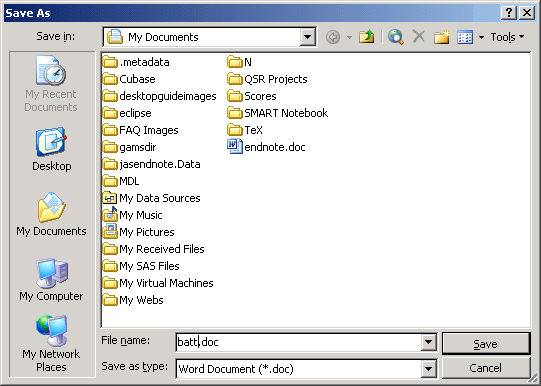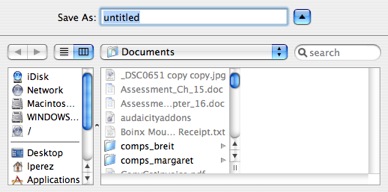

(The article is for Word 2010, but it is still very applicable to later versions of the program.) Īfter getting rid of the temporary files, run the Disk Cleanup app (Windows Disk Cleanup in earlier versions of Windows). You can find more information about Word's use of temporary files at this page in the Knowledge Base. Anything with the TMP extension can be deleted outright anything that starts with a dollar sign can be deleted if it appears that the file is simply a Word document with the dollar sign added as a prefix. Look for anything ending with a TMP file extension or anything that starts with a dollar sign ($). You want to get rid of these they are intended to be temporary, after all. First, get out of Word and do a search (using Windows tools) to locate any temporary files that may be created by Word or by other programs. There are a few things you should try to help narrow down the problem. He's tried chopping it up into smaller files and saving those, but whatever he does he gets the same error response. If David tries to save it without altering it, there is no error response, but it also appears that the document isn't really saved anew (insofar as its Date Modified property isn't updated). If he tries to edit it and save it, he always gets the reply that "The disk is too full or too many files are open." Neither situation is true. What it does is save information that Word can use to try to recover your file if Word stops unexpectedly.David has a large Word file, approximately 6.3 MB in size. You should also note that AutoSave does not really save your file. More frequent saves can waste time and become counterproductive.

When designating an AutoSave frequency, you should probably not select a time under 10 minutes. You can select values between 1 minute and 120 minutes.

Or you kick the reset button on your computer. You're working along for several hours on a document, when suddenly the power goes out.


 0 kommentar(er)
0 kommentar(er)
